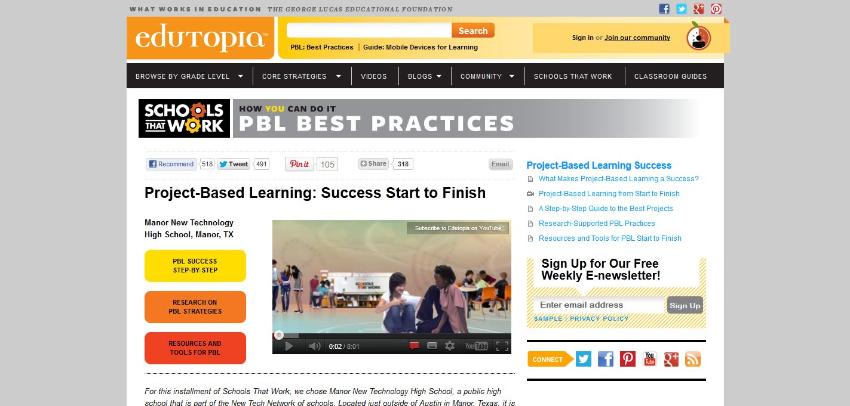The Context
Students in the Academic Bridge Program (ABP), a 1 to 2-year English foundation program at Zayed University in the UAE, are, relative to their counterparts in the West, not in good physical condition. In fact, according to the Diabetes 2012 Atlas Update, the UAE ranks 11th globally for diabetes. Nearly 20% of the population is diabetic. There are 827,000 people between the ages of 20 and 79 with the disease, and another estimated 322,000 undiagnosed cases in the UAE, out of a total native Emirati population of 2.12 million as of June 2011.
According to the International Diabetic Federation (IDF), this health epidemic is a reflection of radical changes in lifestyle, poor diet, low physical activity, rapid urbanization, and a low awareness of risk. The IDF reports estimates that diabetes will kill 357,000 people in the entire Gulf region by the end of this year, at which point more than 34 million people in the region will have this disease. Most alarmingly, in the past diabetes appeared mainly in individuals over the age of 50, yet now the greatest increase is in patients between the ages of 20 and 45.
With these shocking facts in mind, this unit involves a series of lessons focused on the subject of health. On each of the separate pages of this website are lesson ideas for students to work on using their iPads, iPad applications, and the Internet to research, organize and communicate findings in technology-based and creative ways. The main product for this unit is a digital book that will serve as a portfolio of student learning. Alternatively, the instructor may wish to frame the end product as an imaginary public service project. Either way, the approach here is project-based learning, which is
a student-driven, teacher-facilitating approach to learning. Learners pursue knowledge by asking questions that pique their natural curiosity. The genesis of the project is an inquiry … discoveries are illustrated by creating a project to share with a select audience … student choice is a key element of this approach. (Bell, 2010, p. 39)
Allowing students to develop their language skills through projects affords them an opportunity to develop other skills such as collaboration, cooperation, leadership, problem-solving and creativity – to name just a few. A project-based approach is also more intrinsically motivating. Students often respond with enthusiasm and creativity when given the opportunity to express themselves and work autonomously. Zayed University students have, for the most part, been driven by external forces their entire lives. These kinds of projects are a good opportunity to help them develop an internal locus of control, and a desire to work that springs from intrinsic motivation, not just because we tell them to do so, or because they are afraid of an exam.
The target audience for this unit then is primarily ABP students, beginning at Level 020 [lower-intermediate] and above. Students at a lower-intermediate level and above should be able to manage reading the various websites in the lessons to follow. As the websites and applications are generally designed for native English language speakers, students, depending on their skills level, may require additional scaffolding by the instructor.
References
Bell, S. (2010). Project-based learning for the 21st century: Skills for the future. Clearing House, 83(2), 39-43. doi:10.1080/00098650903505415
Additional Resources
